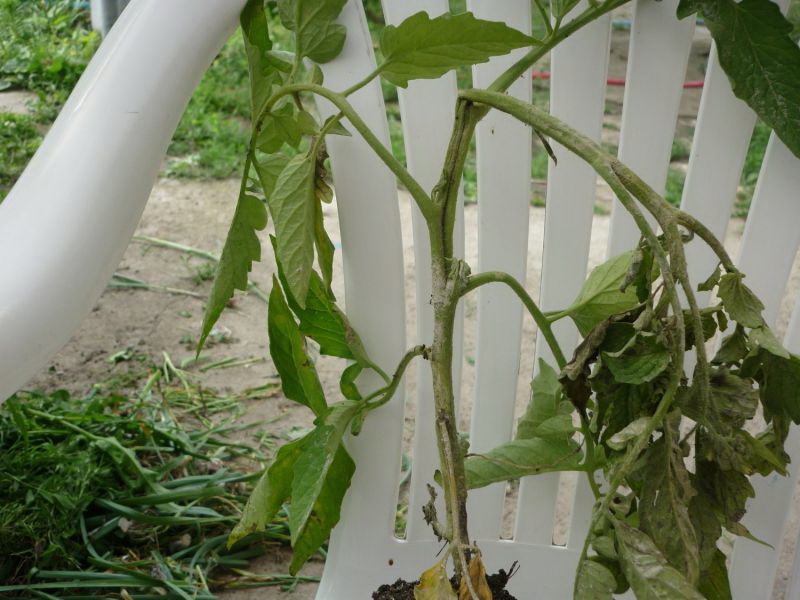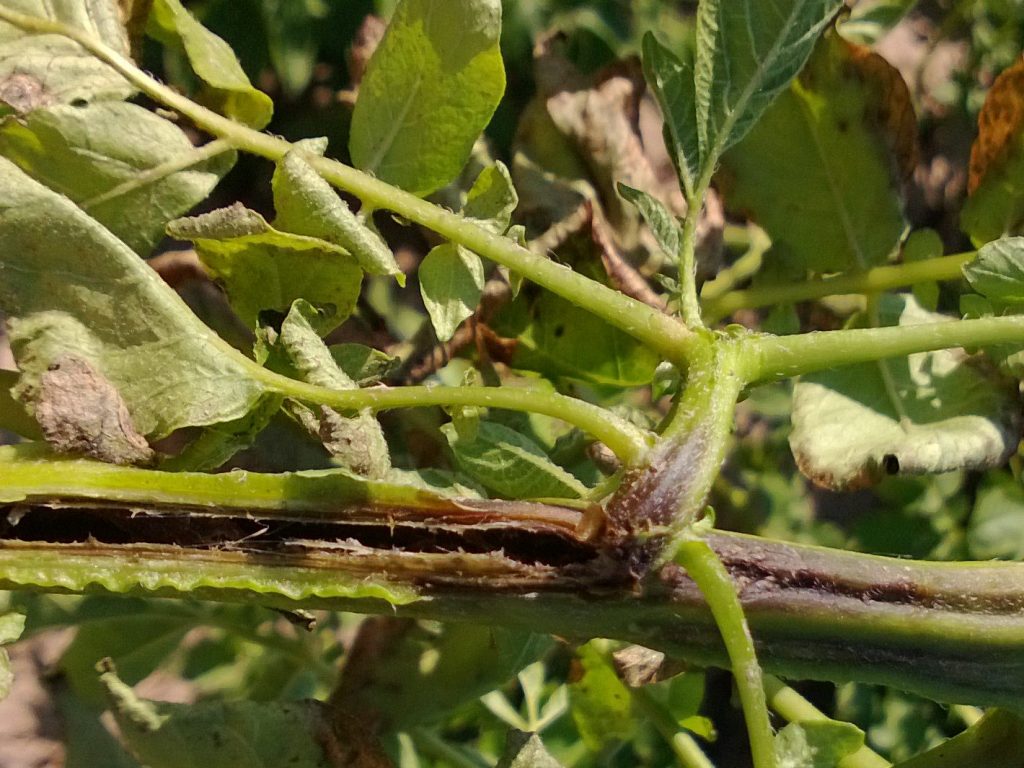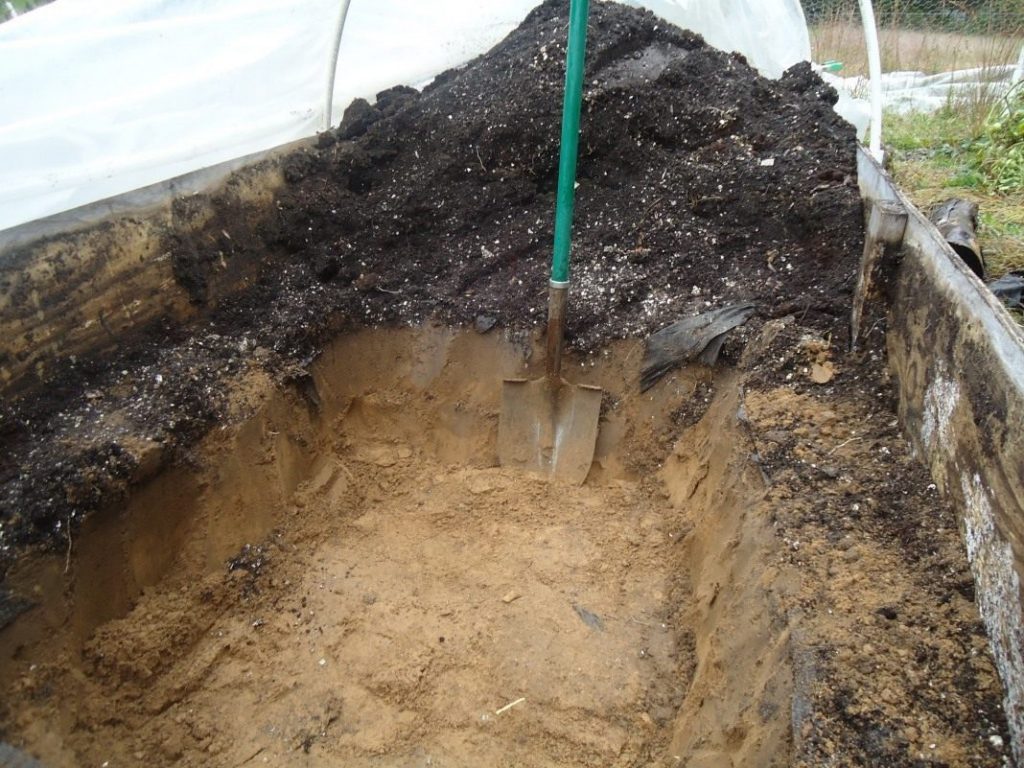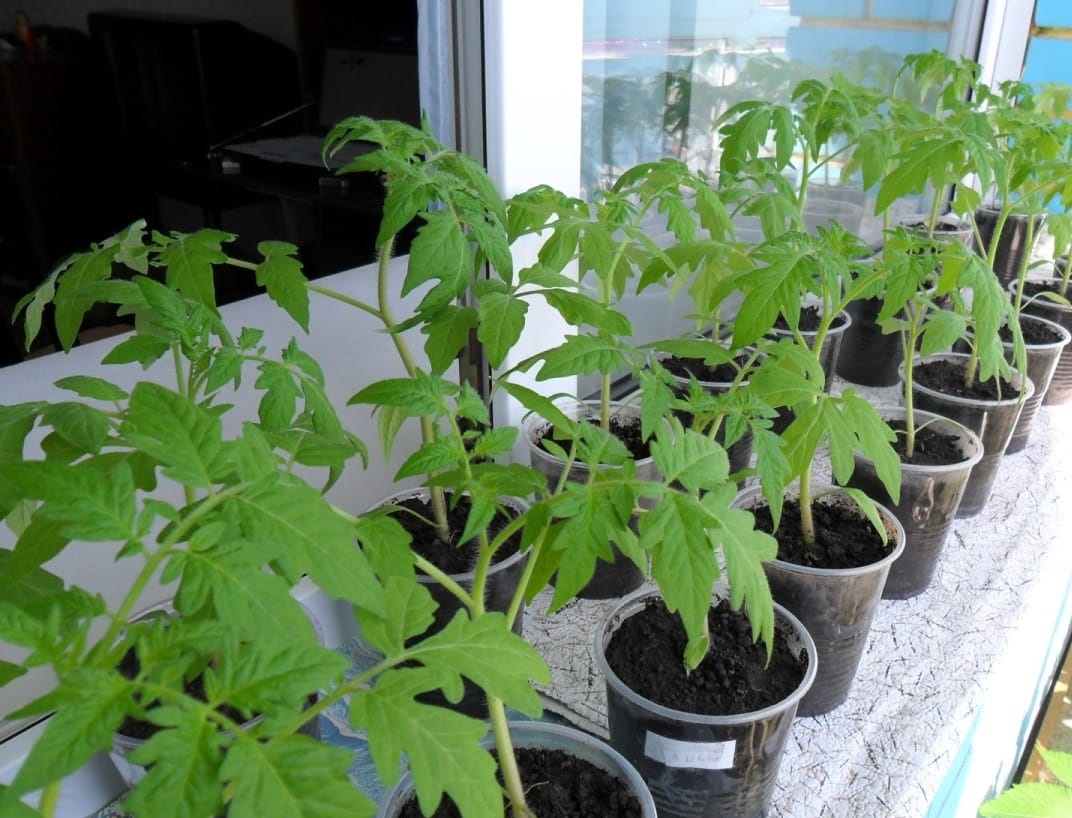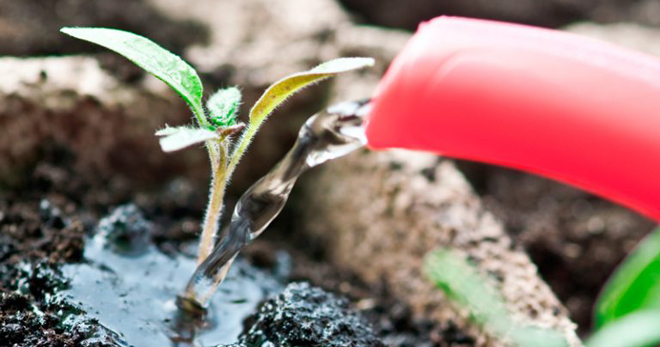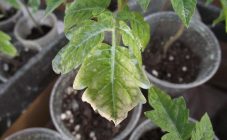Content:
The tomato is a crop that requires some knowledge and effort to grow. First of all, it should be borne in mind that the Russian climate does not allow sowing seeds directly into open ground. You must first grow seedlings at home. A transplant into open or protected ground can be done when the average daily temperature outside is set at + 18˚C… + 20˚C. It is also worth considering the preliminary forecast for the coming weeks. For comfortable rooting and acclimatization, the tomato will be better if there is no threat of frost. Among other things, the tomato loves good lighting and high temperatures, as well as the absence of drafts. The soil should be soft and loose, with deep groundwater so that air can easily flow to the roots and water does not accumulate. At the same time, it is necessary to maintain optimal soil moisture. Only taking into account all the factors can you get a healthy and bountiful harvest.
Growing tomato seedlings is not an easy task. Very often summer residents are faced with difficulties, for example, with such a disease as black leg.
Tomato disease - black leg
Blackleg is the most common fungal infection in young growth. Outwardly, it manifests itself as rot at the bottom of the stem at the root collar. The causative agent of the infection is the fungus Olpidium (Pythium), which lives in the upper soil layer. Comfortable living conditions have been created for him there. With an increase in humidity, the fungus begins to actively reproduce, as a result, it penetrates into the roots of tomatoes. The mycelium absorbs nutrients from plants, externally it manifests itself as damage to the stems. Rot captures only weak plants, so adult tomatoes are not infected.
Spores of this fungus are present in almost any soil. But until special conditions are created, they are in an embryonic state and do not conduct any active actions. Only under the influence of certain factors does the active vital activity of bacteria begin.
Factors provoking the reproduction of the black leg:
- Acidified soil;
- High humidity (from 90% and above);
- Temperature fluctuations from high to low and vice versa, as well as an unstable climate;
- Chaotic unreasonable watering;
- Thickening of plantings, an abundance of leaves located close to the soil;
- Violation of the rules for transferring seedlings to open ground;
- Poor quality soil;
- The use of inoculum that does not have immunity against fungal infections;
- Not enough light;
- Draft.
The presence of a disease can be determined by several characteristic features:
- Darkening in the area of the root collar, which gradually grows throughout the stem and darkens to black;
- Seedlings do not develop, growth stops, the leaves formed dry out. The plant dies completely in less than a week;
- The seedlings fall to the ground as the fungus sucks out all the nutrients. The stem dries up to the state of a thin black thread.
There are several ways to help fight rot on tomato seedlings if the disease is noticed early. If it is found that the sprouts have begun to dry out or lag behind in development, they do not grow foliage well, an urgent complex treatment is needed:
- Watering is stopped, crops are thinned out, including the removal of affected seedlings;
- The soil must be loosened to give air access to the root system, and then treated with a disinfectant solution. Potassium permanganate (potassium permanganate 1%), Bordeaux liquid and copper sulfate are suitable for these purposes;
- It is necessary to do liming of the soil. Ash or dolomite flour can be used. Consumption rate depends on the degree of soil acidification and averages 200-400 g / m2;
- The ground part of the plants is sprayed with drugs that have an antifungal effect. To combat the black leg, Fitosporin-M, Fitolavin and Trichodermin are most often used. The solution is prepared strictly according to the instructions on the package. Processing can be carried out repeatedly, observing an interval of 1.5-2 weeks.
Blackfoot tomato seedlings: what to do if chemicals are not at hand? In this case, you can resort to folk remedies. But it is always important to know that it is worth treating this disease only with powerful chemical agents, and folk methods can only be used as an additional measure or as first aid, until suitable fungicides appear.
Seedlings and the topsoil can be disinfected with diluted vodka (1:10) by spraying it from a spray bottle. An effective remedy for black leg is watering the seedlings with onion peel infusion (20 g per 1 liter of water). In addition, agrotechnical requirements must be strictly observed:
- Timely application of fertilizers with strict adherence to dosages. This is especially true for nitrogen-containing complexes, it is nitrogen that favors the development of the fungus. You also need to observe the term for the introduction of organic matter (manure and compost) - in the fall during the initial preparation of the soil. In the spring, these fertilizers cannot be applied to seedlings, since they contain a large number of bacteria and microorganisms;
- Hilling, weeding and thinning tomatoes;
- Irrigation regulation. You can water the seedlings by spraying, this reduces the likelihood of waterlogging of the soil.
Prevention of black leg on tomato seedlings
- Comprehensive soil preparation in the autumn. The land is dug up, cleared of weeds, roots and excess debris and fertilized with a full range of fertilizers.
- Disinfection of the soil used for growing seedlings. In the fall, you need to choose an area where Solanaceae did not grow. This will be an additional guarantee that there is no pathogenic fungus in the soil. The required amount of earth is dug out in lumps and piled separately somewhere on the street. This is done so that the earth lumps freeze well in winter. Small volumes of soil freeze through, and with them microorganisms living in the soil. In the spring, frozen lumps of earth are ignited in a furnace. After these measures, the land becomes sterile and safe for seedlings;
- Seed dressing in a solution of potassium permanganate. It is enough to hold the seed in a 1% solution for 10-15 minutes;
- Strict adherence to the distances between the holes (1 cm) and rows (7 cm);
- Careful organization of watering. You can make a schedule so you don't forget when to water the seedlings again. If there are doubts about the observance of the portion of water coming from the watering can, then you can water through the sump or spray the water with a spray bottle;
- Adequate lighting. If a long-term daylight has not yet been established on the street, you need to supplement the seedlings with a phytolamp. In total, the seedlings should receive light for 12-14 hours daily.Also, for brighter light, foil paper can be laid out near the seedling boxes, which gives even brighter lighting;
- Sprinkling sand on the top layer of soil removes excess moisture around the stem, and moisture will easily penetrate into the depths and saturate the roots. Also, such a light top layer helps not to pinch the thin area of the root collar;
- Use seeds with immunity against fungal infections for growing;
- A budget method of preventive treatment is watering and spraying the seedlings with metronidazole solution. Consumption rate - 1 tablet per 1 liter of water.
Other diseases of tomato seedlings
Blackleg is not the only disease that can kill young tomato growth. A frequent pest of tomato seedlings, like other Solanaceae, is late blight. It is characterized by the appearance of gray spots on the leaves and stems, which gradually grow, as a result, the plant dries out.
Various types of rot are also not uncommon for tomato seedlings. It can be white and olive mottling, as well as dry rot. Another common disease is powdery mildew.
In all cases, the spread of the fungus occurs through the soil when the moisture level rises with simultaneous temperature jumps. Fungi affect the stems to varying degrees (they begin to thin out) and leaves (become stained, dry out and fall off).
In addition to fungal infections, tomato seedlings can be affected by viruses and bacteria. The main viral diseases are mosaic, seedless and streak. As a rule, it is not possible to cure a plant from viruses, so it has to be destroyed, and the place where the infected plant grew must be processed and left for some time without planting.
The third group of diseases is bacterial. These are brown and black spotting, cancer, mottling, columnar and wilting. These diseases (except cancer) can be treated with chemical agents: Fitoflavin - 300, Bordeaux liquid and copper sulfate. Bacterial cancer cannot be treated; to prevent it, tomato seeds are soaked in a solution of 40% formalin with water (1: 300).
Blackleg, like other fungal infections, is a dangerous disease that is typical for indoor planting and requires immediate treatment. It is even better to prudently carry out preventive treatments and follow the rules of cultivation. Modern developments help to successfully cope with this fungus and grow a healthy crop.
